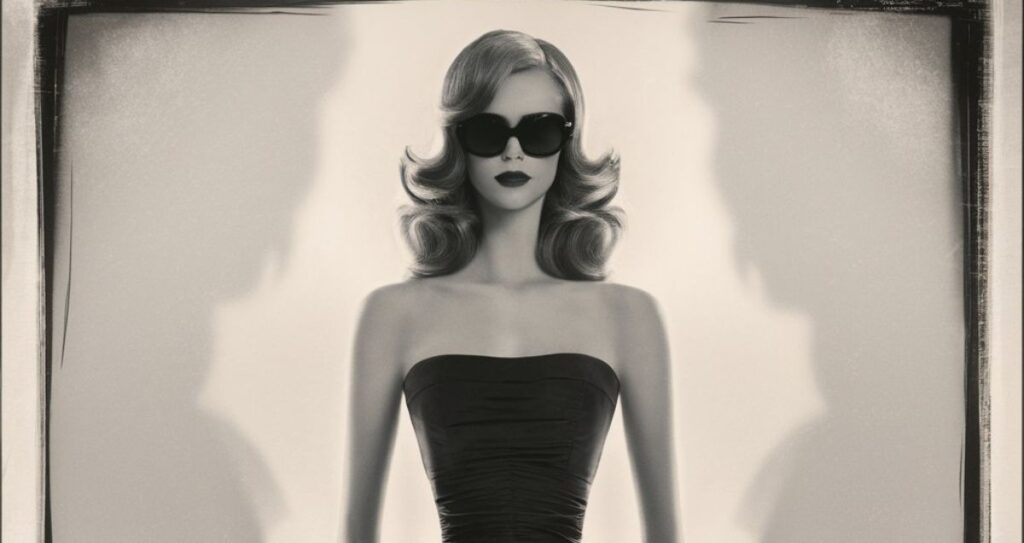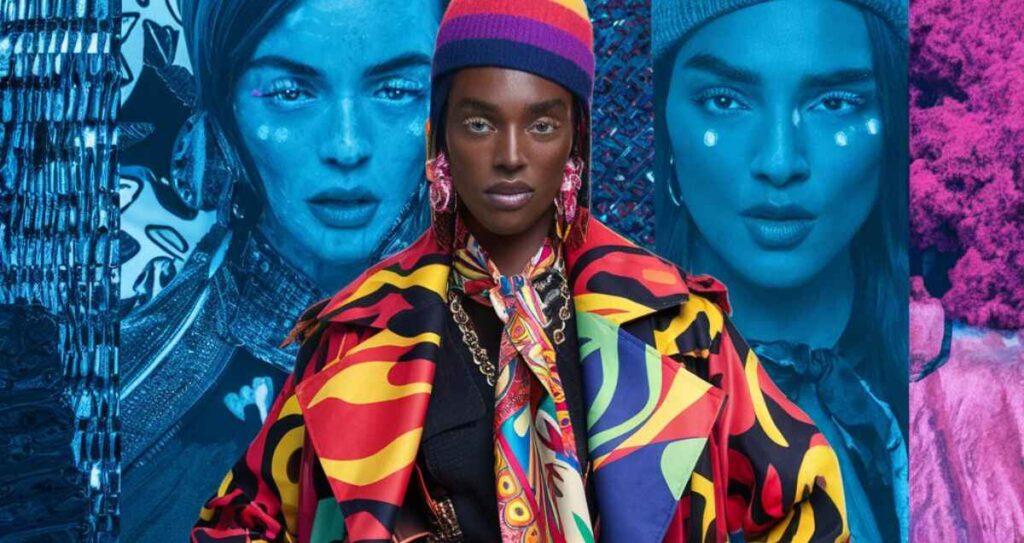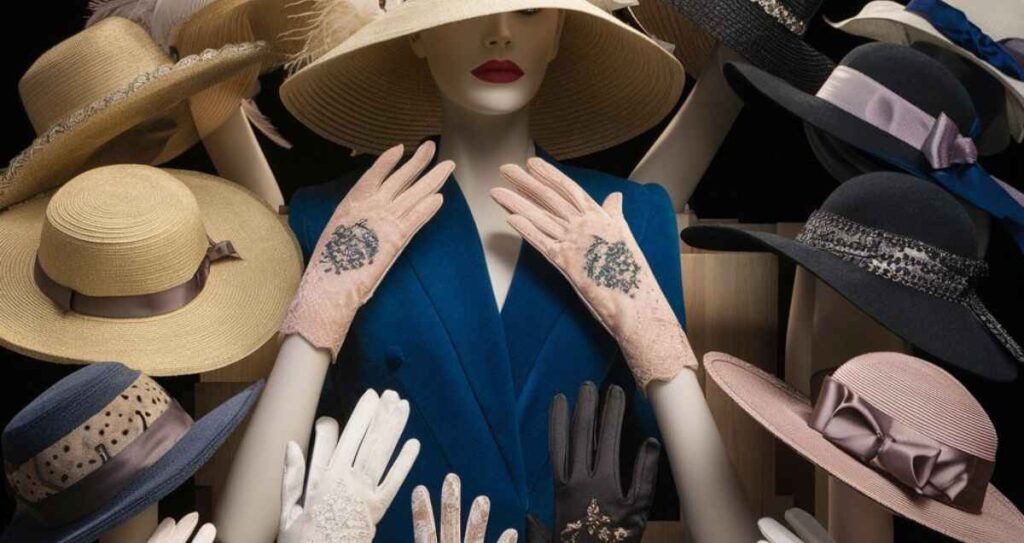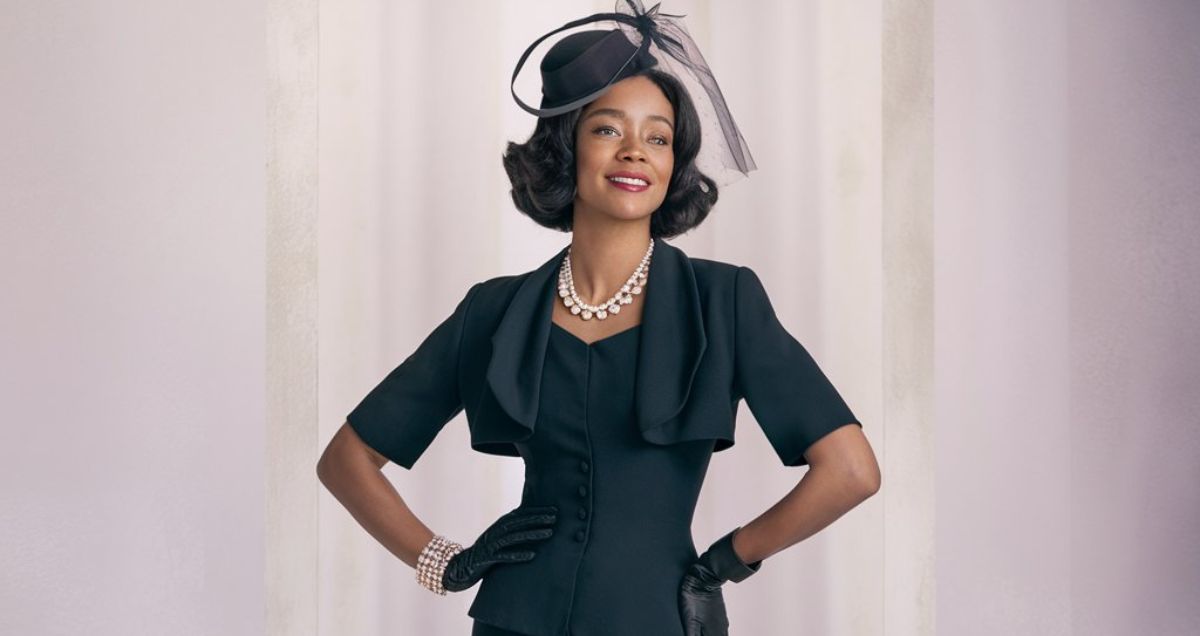In the 1950 Black Women’s Fashion embraced cinched waists, full skirts, and elegant tailored dresses. Accessories like gloves and hats added sophistication. Bold prints and colors reflected individuality and cultural pride.
Explore the elegance of 1950s Black women’s fashion, where cinched waists and full skirts highlighted feminine curves. Tailored dresses, bold prints, and rich colors expressed individuality and cultural pride.
In the 1950s, Black women’s fashion featured cinched waists, full skirts, and tailored dresses. Bold prints and rich colors expressed individuality. Accessories like gloves and hats added sophistication.
The Silhouette: Cinched Waists And Full Skirts

In the 1950s, the hourglass silhouette became the epitome of feminine beauty. This shape was characterized by a narrow, cinched waist that flared out into a full, voluminous skirt. For Black women, this style wasn’t just a fashion trend; it was a celebration of their natural curves and form.
Key Elements Of The Silhouette:
Cinched Waist: Belts or tightly fitted bodices often emphasized the waist, creating a striking contrast between the upper and lower body.
Full Skirts: Skirts that flared out from the waist, often with petticoats underneath for added volume, were a staple. These skirts could range from knee-length to tea-length, offering both modesty and flair.
Tailored Dresses: The designers meticulously tailored the dresses to fit the body perfectly, showcasing the wearer’s figure while maintaining an air of sophistication.
Fact: Hollywood stars like Marilyn Monroe and Elizabeth Taylor inspired the iconic hourglass figure, but Black women brought their unique elegance to this trend.
Bold Prints And Rich Colors: A Reflection Of Identity

Fashion in the 1950s also featured bold prints and rich colors, especially among Black women who embraced these elements to express their individuality and cultural pride.
Popular Prints and Colors:
- African-Inspired Patterns: Many Black women incorporated traditional African prints into their wardrobes, blending them with Western styles to create a unique fusion of cultures.
- Vibrant Colors: Bright reds, blues, and yellows commonly stood out against the more subdued colors typically worn in mainstream fashion.
- Polka Dots and Florals: These playful patterns were popular for day dresses, adding a touch of femininity and joy to everyday wear..
Sophisticated Accessories: Gloves, Hats, And More

No 1950 Black women’s fashion look was complete without the right accessories. These finishing touches were essential in elevating an outfit from ordinary to extraordinary, adding layers of sophistication and grace.
Must-Have Accessories:
- Gloves: Gloves were a symbol of elegance and were often worn during social events and church services. They ranged from short, wrist-length gloves to longer, elbow-length styles
- Hats: Hats were an integral part of a woman’s ensemble, with wide-brimmed hats, pillbox hats, and fascinators being particularly popular. These hats not only completed the look but also added an air of formality.
- Pearls: A string of pearls was the go-to jewelry choice, exuding timeless elegance. Whether worn as a necklace, bracelet, or earrings, pearls were a staple accessory.
Case Study: In the 1950s, the famous singer and actress Dorothy Dandridge became a fashion icon. Her use of gloves, pearls, and tailored dresses in her public appearances made her a symbol of grace and elegance for Black women, inspiring many to emulate her style.
Cultural Pride Through Fashion
The 1950s was a time when Black women used fashion as a form of cultural expression. By incorporating elements from African traditions and creating their interpretations of mainstream trends, they made fashion a powerful tool for identity and resistance.
Fashion As Resistance:
- Civil Rights Movement: As the Civil Rights Movement gained momentum, fashion became a way for Black women to assert their dignity and self-worth. Dressing elegantly was a form of silent protest against the discrimination they faced.
- Community Pride: In neighborhoods and churches, fashion was a way for Black women to express their pride in their communities and their heritage. |
Conclusion
1950 Black women’s fashion was more than just a reflection of the trends of the time; it was a celebration of culture, identity, and resilience. Through their clothing, Black women expressed their pride, creativity, and individuality, leaving an indelible mark on the fashion world.
The elegance of cinched waists, the vibrancy of bold prints, and the sophistication of perfectly chosen accessories all came together to create a style that was both timeless and empowering. Today, the influence of 1950s Black women’s fashion can still be seen in the continued appreciation for elegance, culture, and individuality in fashion.
Welcome to FashionTrista! I’m David Mark, and I’m excited to share my passion for fashion with you. At FashionTrista, we offer a curated selection of the latest trends, style tips, and fashion advice to keep you ahead of the curve. Whether you’re looking for outfit inspiration or expert guidance, FashionTrista is your go-to resource for all things fashion. Explore with us and redefine your style journey.

